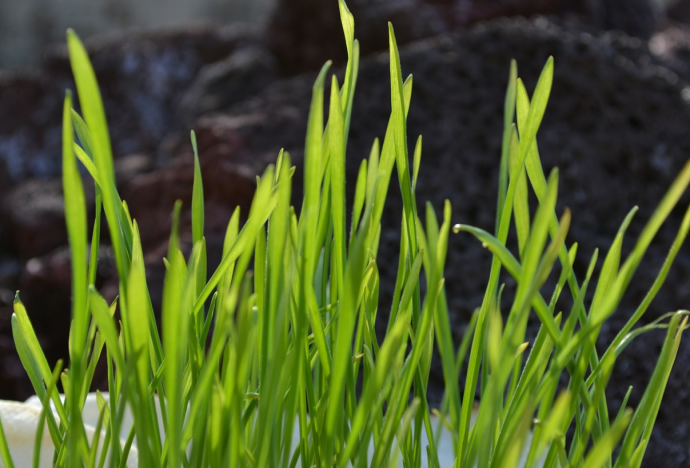kelp
Kelp is considered a super-food because of all the nutrients it contains, although eating large amounts of it can have side affects. Kelp is packed full of B Vitamins which are essential for cellular metabolism and provide your body with energy. All types of seaweed including kelp is also full of iodine – which is crucial nutrient for healthy thyroid function. Although the thyroid is a delicate, responsive gland and too much iodine can affect it functioning correctly.
maqui
One of the lesser known super berries – maqui is a South American berry which grows wild in the rainforests in Chile and Argentina. The berries are more often than not ground up into a powder and are taken as a supplement, used in smoothies or sold as a juice. The berries are packed full of anti-oxidants and a study published in the March 2008 issue of the journal Food Chemistry found that fresh maqui berries contain on average 138 milligrams of anthocyanins per 100 grams – a powerful antioxidant compound.
yacon powder
Yacon Powder is farmed in Peru – in the lush mountain valleys. It’s a potato-like root, similar to a sweet potato to look at and is often called the “Apple of the Earth”. Yacon is often used as a natural sugar or syrup alternative as it’s complex sugars break down slowly so they have little effect on blood glucose levels. It has a wonderful sweet taste and a naturally high Inulin content too.
teff
Teff is a powerful grain grown in Ethiopia and used to make injera (a sourdough flatbread). Teff is high in iron and gluten-free, it’s also a great source of protein too. it has a nutty, grainy taste, not too dissimilar to quinoa and is often used in foods such as pancakes and breads. Touted as being ‘the smallest grain in the world’ teff comes in colors ranging from white to dark red, which determines its flavor; light colored teff has a chestnut-like flavor, the darker variety has an earth like, hazelnut flavor.
black rice
During the years when China was ruled by an emperor, black rice was seen as the ‘Forbidden Rice’ and was only produced in very small quantities. Now readily available, although quite expensive – black rice is a powerful source of fiber and antioxidants. It has a slightly nutty taste and takes almost twice as long to cook as white and brown rice but has a significantly higher amount of fiber and iron.










